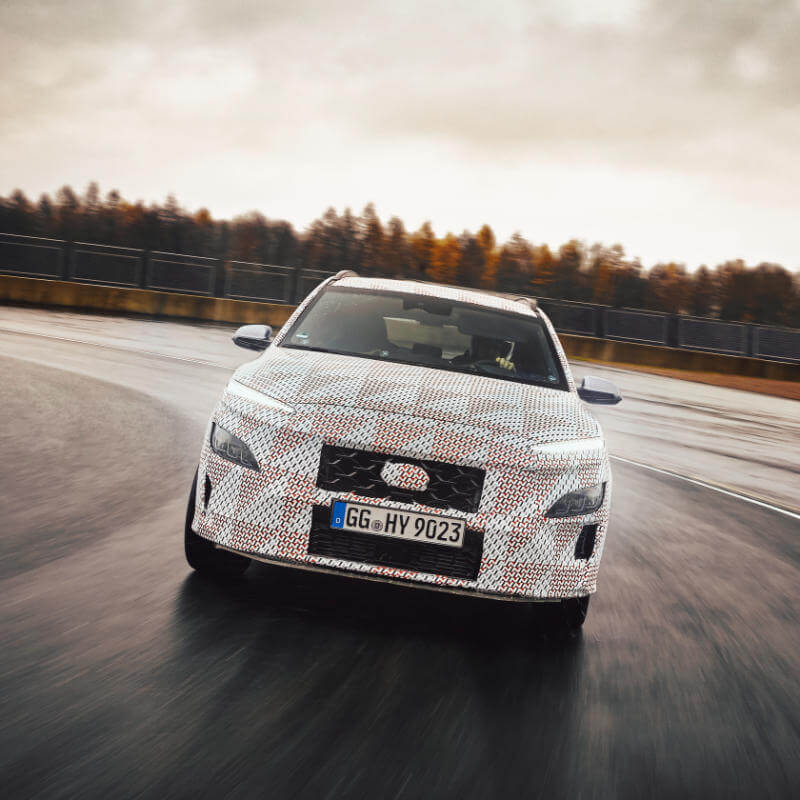Ford Looks to the Future
AT the ripe old age of 52, William Clay Ford Jr. is perhaps the most seasoned auto executive in Detroit. This month, Mr. Ford celebrates 30 years on the job at the Ford Motor Company, which was founded more than a century ago by his great-grandfather, Henry Ford. He is now the executive chairman of the board, but Mr. Ford has held many positions during his career, including a five-year stint as its chief executive.
Along the way, Mr. Ford has seen Detroit’s fortunes rise and fall in the highly competitive global auto industry. He has also proved prophetic about the need to make cars cleaner and greener, and for automakers to get leaner to thrive in the 21st century. While its hometown rivals General Motors and Chrysler were forced to seek government aid and file for bankruptcy this year, Ford Motor survived without assistance from the American taxpayer.
In an interview in his office at company headquarters in Dearborn, Mich., Mr. Ford shared his views on where the automotive industry was headed, and why he believes Ford Motor will play a leading role in developing the cars we drive in the future.
Q: In 10 years, what will the typical car be like?
A: Let’s start with the driver. The driver will have more information at his or her fingertips. They will have real-time traffic data to help them navigate. They’ll have real-time parking information. They will have active accident-avoidance technology. And pretty much everything that one does manually today will have the option of voice control as well — setting the temperature, radio, telephone. The cars themselves will be lighter weight and smaller. Engine displacements will be smaller but with greater horsepower. And what propels the vehicle will be a mix of technologies. It will be electric, plug-in hybrids, and conventional gasoline engines.
Q: Will consumers have to compromise on anything to drive an electric car?
A: I think we have learned over the years that there can’t be trade-offs. Customers don’t want to give anything up. So our job as manufacturers is to deliver these new technologies in a way that doesn’t require any trade-offs. As we sit here today, range is an issue on pure electric vehicles. Ten years from now I suspect that will be a lot less of an issue. The way we overcome that in the short term is to have plug-in electric hybrids, which gives you the benefits of electric and the range of a gasoline engine.
Q: A lot of these changes are being driven by government regulations. Can regulations alone influence consumer behavior?
A: No, and I think we learned that with CAFE (corporate average fuel economy standards). The rules were being set by administrators, and the customer, because gas was so cheap, was saying, give me the biggest V-8 engine that you’ve got. Therefore we had to force smaller cars at great discounts on the market so we could sell bigger vehicles. That was contrary to what market demand was telling us that people wanted. Now, I think you have regulations and consumer interests converging, and it’s driven primarily by the price of fuel. The difference today is that technology is coming on stream fast enough that the customer can have both good fuel economy and good performance.
Q: Vehicle sales have dropped drastically in the past two years. Is this lower level of consumption the new reality?
A: Let’s take the U.S. There are several million new driver’s licenses being issued every year. You have a large number of new drivers coming into the market every year, whether it’s young people coming of age or immigrants. So the driving population continues to grow. In addition, public transport across the country is very uneven, and the average commute for Americans is still long. I think all of that will continue to necessitate individual ownership of vehicles.
If you look out into the future, there are going to be 50 cities in the world with 10 million people — 30 of which are not going to be in Europe or the United States. They are going to require mobility solutions that probably don’t include individual car ownership on a large-scale basis, simply because the cost of owning a car in the city is going to be too expensive.
Q: What are some of the possible solutions?
A: Let’s say you are a customer in Rio. You live in downtown and you want to get to the soccer stadium that’s 45 minutes outside of the city. You can use your cellphone to ask, what is the best way to route me to this stadium? It can give you the cheapest way, or the most direct way. It could be a combination of bus, subway, taxi, car-share, bicycle or walking. That customer can have a blend of transportation to get them to that destination.
Q: What about in China and India, where millions of people have never had cars and desperately want to own them?
A: There is a great demand everywhere in the world for individual mobility. People like the fact they are not on somebody else’s schedule. They can come and go as they please. But juxtaposed against that is the reality of urban living, where it can be very costly and difficult to keep a car. Again, it will depend on where people live and their needs, whether it’s China, India or the United States.
Q: Those countries are also growing their own auto industries and getting good at it. How does Ford make sure you are part of that growth?
A: One thing we can and will do is be the leader in technology globally. That really is our advantage. I don’t care where you are in the world, people are aware of what technology is available to others. If you’re in Nairobi you’re certainly aware of the iPhone. A generation ago, we all could get away as manufacturers with introducing an older vehicle into these markets. We can’t do that anymore, because the developing nations want the latest and greatest.
Q: Do consumers care where their cars are built?
A: Some certainly do. There is great national pride, not just in the U.S. but around the world. There is a certain percentage of the population that doesn’t much care. But all things being equal, I think people would still prefer to do business with their hometown companies. That’s true in America, that’s true in China, that’s true in Germany.
Q: Is the financial support given by taxpayers to G.M. and Chrysler a positive development for the American economy?
A: The biggest concern that we had all through this was the collapse of the supply base. I believe that if G.M. and Chrysler had gone into free-fall bankruptcies, it could have devastated the entire industrial base of this country.
Q: Does the average American value the domestic auto industry?
A: They should. One cannot find a healthy economy anywhere in the world that does not have a strong industrial base, period. We seem to be the only country in the world that doesn’t strongly value that. Everywhere else Ford does business in the world the government and people understand it, and do everything they can to enhance it. The notion that we can just simply become an information-age data provider as a nation is ludicrous. The unemployment consequences would be enormous. Manufacturing still has the greatest multiplier effect, in terms of job creation, of any sector of the economy.
Q: Are all these car companies, big and small, still going to exist 10 years from now?
A: It’s an interesting question. In the early 1980s I was part of our corporate strategy group here. We did a study that said in 10 years, there would be probably six car companies globally. Well look how that turned out. There are more car companies today than there were back then. Every futurist that ever looked at our industry going back 30 years said there was going to be great consolidation. But in fact you see the opposite happening. Logically, should there be consolidation? Yes. And logically, we should not have had the overcapacity we’ve had for many years. But nonetheless, those trends continue. It’s hard for me to predict there will be a great consolidation. The lesson for Ford is that we can’t control any of that. We had to get our own house in order.
Q: A decade ago, you were talking about the need for the industry to become more environmentally conscious. A lot of people criticized you then. Do you feel vindicated?
A: I’m not sure vindication is the right word. But I’m really happy about what is happening now. I did see this day coming. Maybe I saw it too soon. I certainly knew 30 years ago when I joined the company that the consumption of natural resources and the pollution that our industry was causing were unsustainable. Technology has evolved to a point where we can now move forward at a quick pace. Holding us back through the years was a combination of technology that wasn’t ready, and very cheap fuel that prevented the customer from wanting new, fuel-efficient technology. But we are at a confluence now. We have ever-increasing fuel prices, and technology that is a game-changer and can be introduced affordably.
Sourced via nytimes.com









